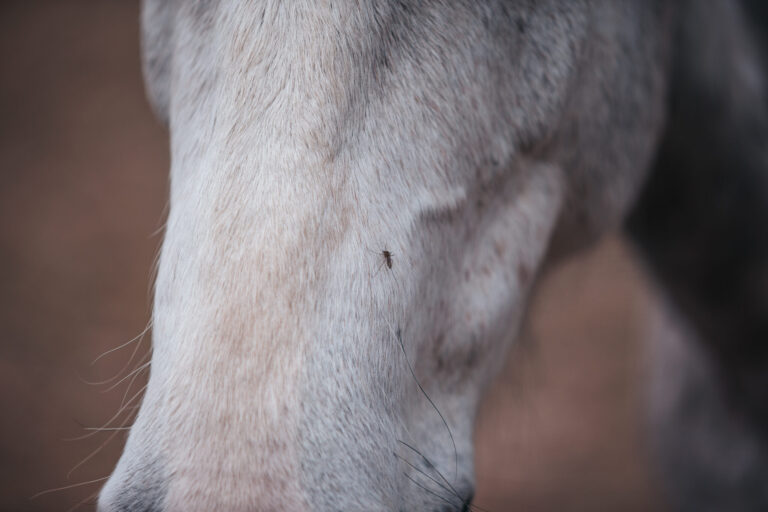Advances in technology have facilitated the ease of transport of semen and embryos throughout the country and the world. However, this presents a vehicle by which venereal disease transmission can occur, particularly with respect to equine viral arteritis (EAV) or contagious equine metritis (CEM). Although these are federally reportable diseases, each state imposes its own regulations on semen and embryo importation. A recent study has reviewed the differences in interstate regulation of semen or embryos and the potential for disease.
In summary, 31 of the 50 states (62%) have no testing requirements for interstate shipment of equine semen or embryos. Only four states (Utah, Washington, Idaho and Mississippi) regulate for EAV, although screening is not a comprehensive process. A certificate of veterinary inspection (CVI) is required for transport in 17 states while 10 states require a negative EIA test, primarily to comply with issuing the CVI. Yet not a single state requires testing for CEM from horses living in the United States.
Artificial insemination and embryo transfer are procedures that are commonly performed without veterinarian supervision, so the risk of disease transmission is amplified since horse owners are not capable of discerning the presence of venereal disease. Several recent outbreaks in both EAV and CEM have occurred since 2008, and these have been costly in both time and money for affected breeding operations and horses as well as having a significant impact on reproductive losses.
The authors of this study summarized: “The lack of uniform regulations concerning EAV and CEM testing for shipped semen and embryos, and the threat they pose to the equine breeding industry and horse health, should be alarming to veterinarians and horse owners.”
They further state that screening for venereal disease should be an integral part of every breeding soundness examination and that veterinarians should voluntarily implement this screening process.
Citation: Dennis, S.; Pearson, L.K.; Campbell, A.J.; Tibary, A. Interstate equine semen and embryo shipment regulations in the United States and their implications on control of equine disease transmission. Journal of Equine Veterinary Science (2014); doi: 10.1016/j.jevs. 2014.03.004.







